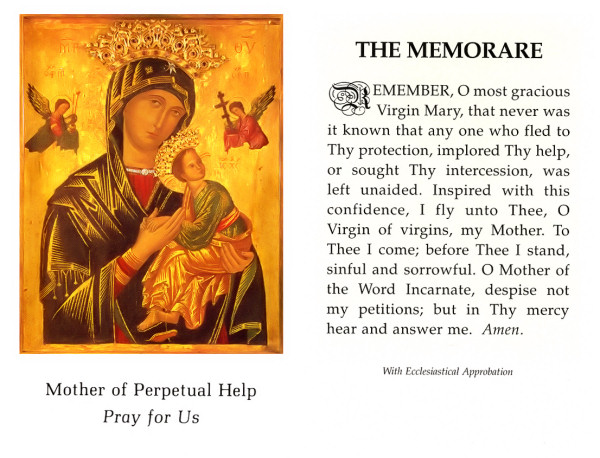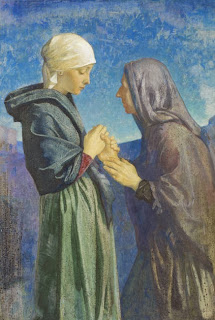Processions
Corpus Christi Procession – Hipolit Lipinski, 1881
This piece is prompted by a couple of posts I saw about a procession being held in Brighton to mark the Feast of the Immaculate Conception. Such public displays of the Catholic faith are very rare these days and are to be applauded - I think that the more of them that take place, the more people will get used to them. After all, most of us have marched in many a parade or demonstration marking secular or political events – and I have seen large public marches and demonstrations marking other faiths. Not so very long ago, the Salvation Army band used to march up the road I was then living in every Sunday morning. I do not think that these processions are wholly about witnessing to the faith in public – they are also spiritual occasions and another manifestation of the way in which the Church and the practice of the faith is also material and physical. And let us not forget that this is a very old tradition; the illustration below dates from the 15th century:
In the ‘olden days’, in towns and cities where there were large Catholic populations, public processions were more frequent and much larger. This website has some extraordinary photographs taken between 1925 and the 1970s of large Corpus Christi processions in Middlesbrough: in 1937, over 30,000 people took part. And there are lovely photographs here of a procession bearing the image of our Lady of Czestochowa and also here of other public processions. Of course, in other parts of the world, local saints’ days and major Catholic feasts are occasions of large public gatherings – sometimes these are enormous, as in the case of, for example, some parts of Europe as well as the Philippines and some Latin American countries. Local religious customs have not entirely died out in these isles – and there has been the occasional ‘flashmob’ – but mainstream and frequent public professions of faith are rare. So well done to Father Ray Blake of Brighton.
The statue of the Immaculate Conception in procession, Italy
Here, out of interest are two different views of religious processions – one, Bretons in traditional dress, from 1919 at Plougastel Cathedral, the other, Emperor Franz Joseph at the Corpus Christi procession in Vienna, in 1898.
Today, I believe that there will also be a public act of reparation at the National Gallery in response to the Richard Hamilton exhibition… I hope that that goes well.
In the meantime, here is how it should be done, this time by Murillo.
The Immaculate Conception



I love processions even small ones to Walsingham but especially when they take the Blessed Sacrament with them.
ReplyDeleteSome years ago I met a woman in the north of England who changed her mind about committing suicide after seeing a Catholic procession on Good Friday. She later became a Catholic. Here in the Philippines processions are very much part of the way people express their faith.
ReplyDelete